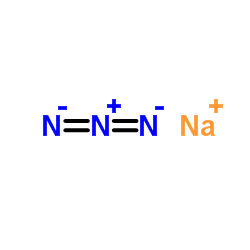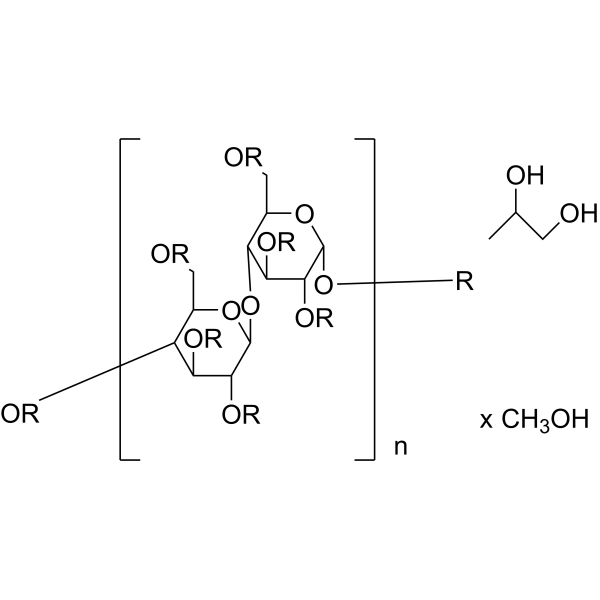| 结构式 | 名称/CAS号 | 全部文献 |
|---|---|---|
 |
叠氮化钠
CAS:26628-22-8 |
|
 |
二甲基亚砜
CAS:67-68-5 |
|
 |
TPCA-1
CAS:507475-17-4 |
|
 |
8-辛酰氧基芘-1,3,6-三磺酸三钠盐
CAS:115787-84-3 |
|
 |
羟丙基甲基纤维素
CAS:9004-65-3 |